1. Introduction to Indigenous Communities (Janajati) of Nepal
Nepal is a country of great diversity. It is not a just in nature, but also in culture, language, and tradition. One of the most important aspects of this diversity lies in its indigenous communities.They known locally as Adivasi Janajati. They are represent the cultural roots of Nepal. They have lived here for centuries, each with their own way of life, languages, beliefs, and values.

2. Cultural Traditions and Languages of Janajati Groups
The indigenous community of Nepal has many languages. They have many differences in festivals, music, dance, and clothing. The indigenous community is also known as Adibasi Janajati of Nepal. They are Rai, Limbu, Gurung, Magar, Sherpa, Tharu, Rajbangsi, etc. They have different festivals, such as Tamu Losar in Gurung, Sonam in Tamang, and Magi in Tharu, and they wear different clothes. Here, Sherpa lives in the Himalayan region, wearing a Sherpa dress. It makes wool from sheep. Especially Rai, Limbu, and Gurung are located in a hilly area. They wears their cultural clothes. And the Tarai areas, Tharu, and Rajbansi are living.

3. Geographical Distribution and Major Indigenous Groups
In geographical distribution, they live in the mountains, hilly areas, and the tarai region. In mountain areas, Sherpa, Lekali, in hilly regions, Tamang, Rai, Magar, and Tarai, Tharu, and Newar.
- Sherpa– Himalayan areas
- Gurung, Magar, Rai– hilly region
- Tharu, Rajbansi– Tarai areas
4. Challenges Faced by Indigenous Communities Today
In a Nepalese context, the Janajati peoples’ lack of education, social, and economic development. They do not have the opportunity for political leadership. So they feel that their right are not given to the government. Now, the federal system of Nepal and the constitution of 2072, the government give the right. The government has provided 27% of the reservation in the Janajati community. The Nepal Federation of Indigenous Nationalities (NEFIN) has recognized over 50 Janajati groups, many of which have their native language. here are some examples of Janajati languages:
- Tamang
- Limbu
- Gurung
- Rai (various dialects like bantawa, chamling,kulung)
- Sherpa
- Tharu
- Newar
- Sunuwar
- Chepang
- Santhal
- Yakkha
5. Preservation, Rights, and the Way Forward
Nepal’s constitution recognizes the linguistic rights of indigenous communities. The state is committed to preserving and promoting indigenous language, culture, and ethnicity.

Bidhya Chapagain is a most popular journalist in Nepal
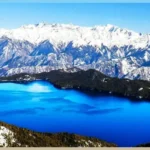




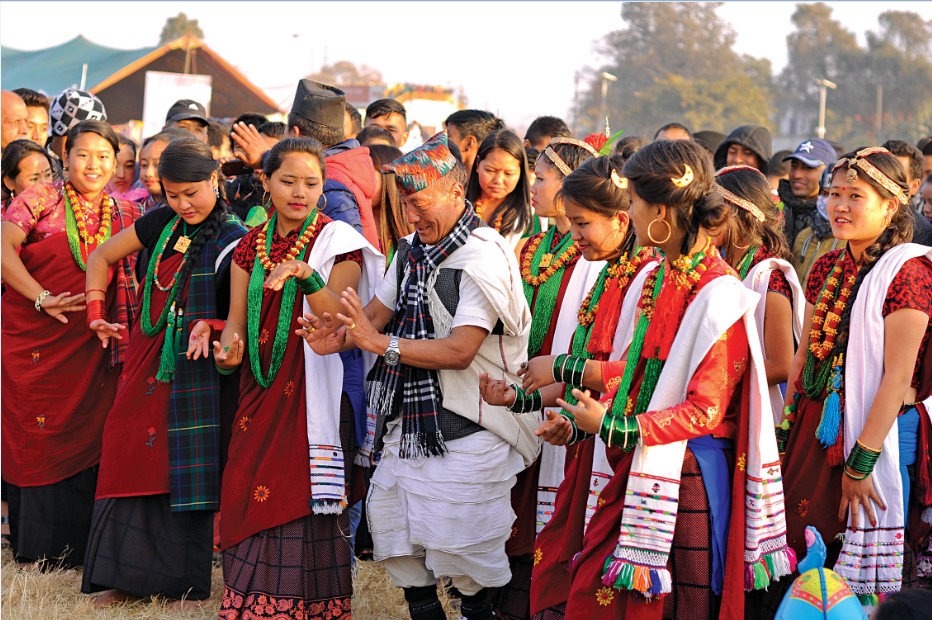

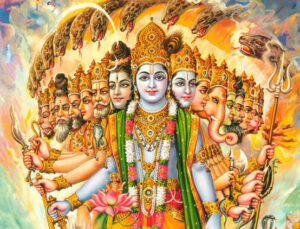
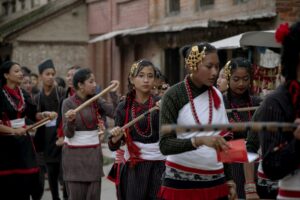
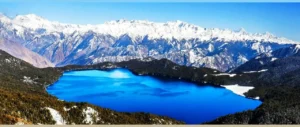



3 thoughts on “Indigenous Communities (Janajati) of Nepal”